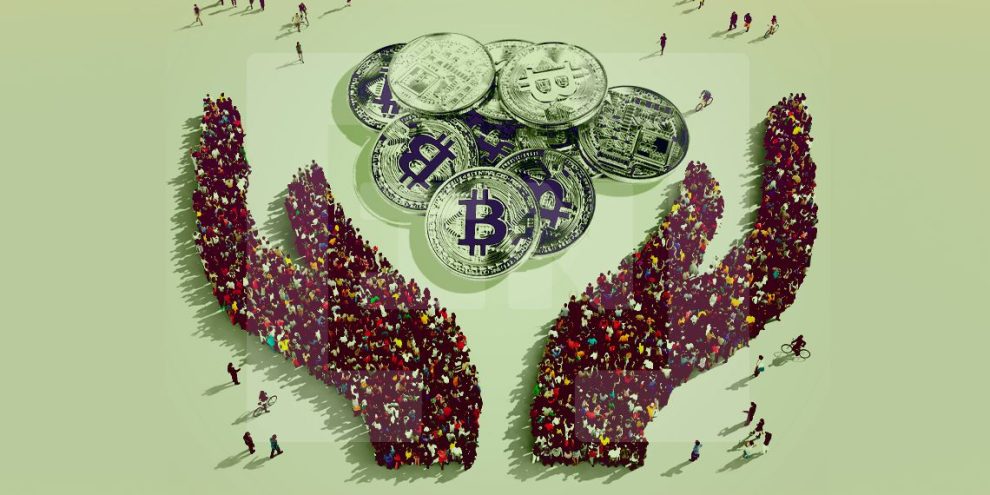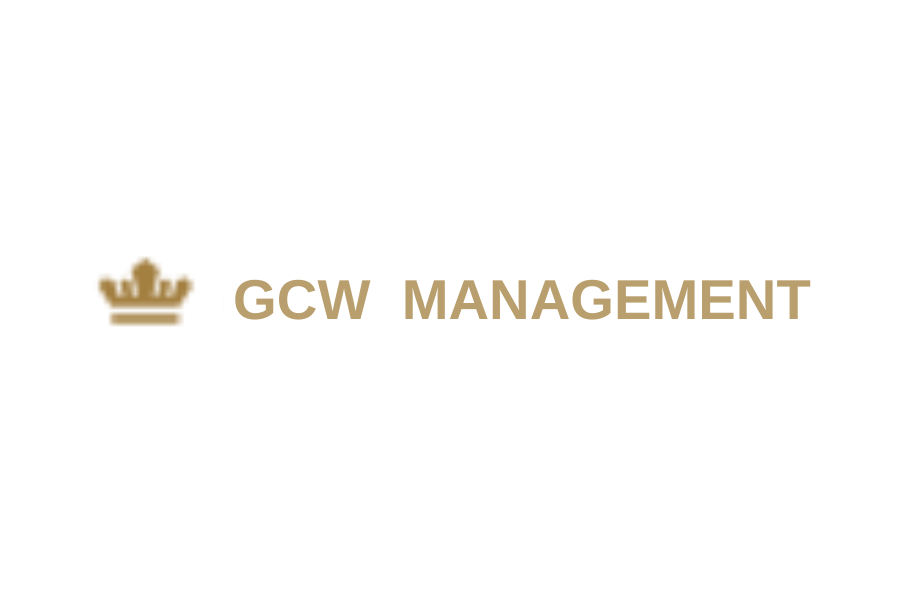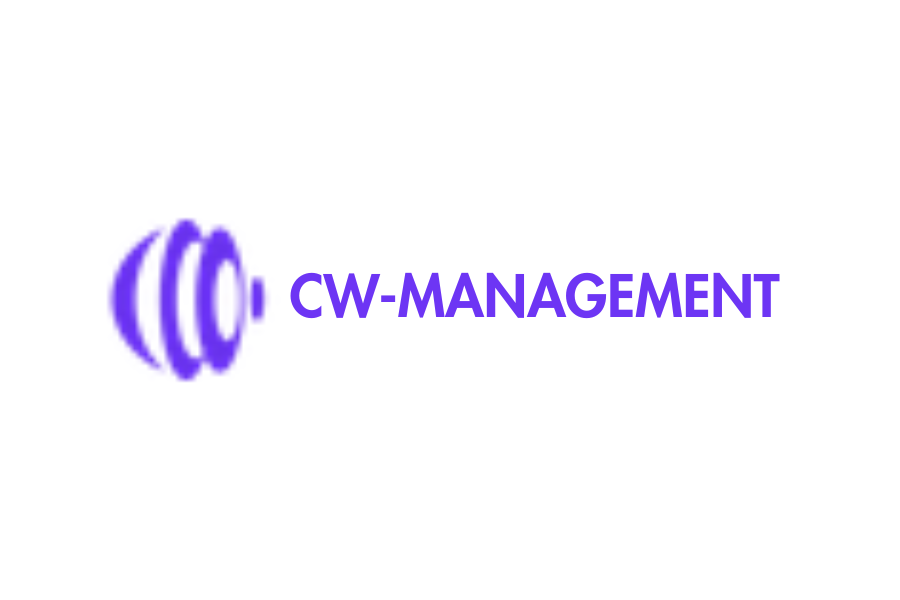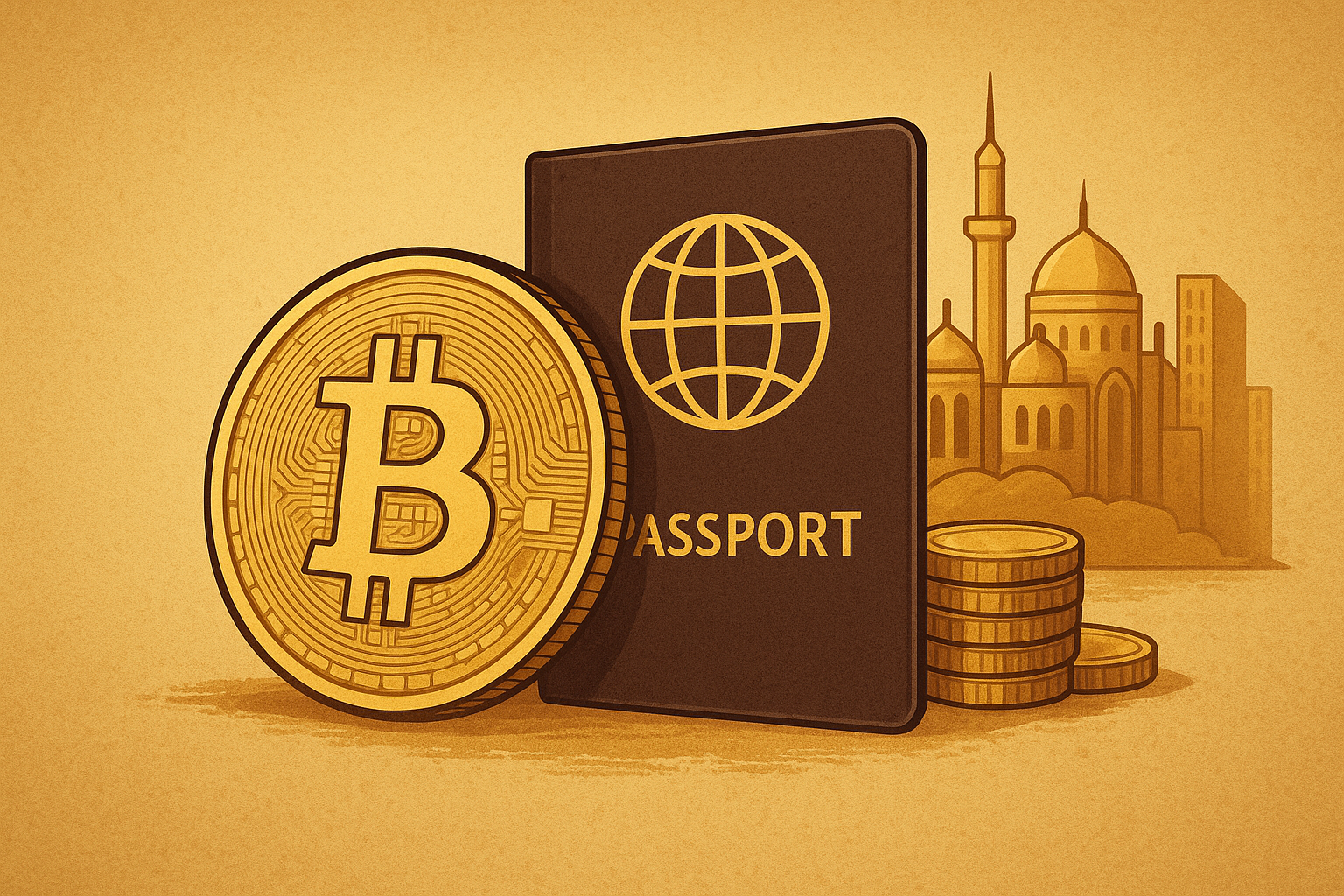Blockchain technology has transcended its origins in cryptocurrency and is making a substantial impact on various sectors, including philanthropy and international aid. By introducing transparency, traceability, and efficiency to these fields, blockchain is revolutionizing the way resources are distributed and tracked for social good. In this article, we’ll explore how blockchain is transforming philanthropy and aid, making a positive impact on some of the world’s most pressing challenges.
Challenges in Philanthropy and Aid
Traditional philanthropy and international aid have long been marred by issues such as inefficiency, lack of transparency, and corruption. These challenges can hinder the intended impact of aid and make it difficult for donors and recipients to trust the process. Blockchain technology offers a range of solutions to address these issues and improve the efficacy of philanthropic efforts.
Transparent Donation Tracking
Blockchain’s most significant contribution to philanthropy and aid is the ability to provide transparent and immutable donation tracking. Donors can see exactly where their contributions are going, from the moment they donate to the final deployment of resources. This level of transparency builds trust and ensures that the intended recipients receive the aid they need.
Reducing Administrative Costs
One of the most compelling aspects of blockchain is its potential to streamline administrative processes and reduce costs. By automating tasks like fund disbursement, tracking donations, and verifying the authenticity of aid recipients, blockchain can significantly lower the operational overhead of philanthropic organizations. More resources can then be directed towards the actual causes being supported.
Microtransactions and Micropayments
Blockchain’s divisibility allows for micropayments, which are incredibly useful in the realm of philanthropy and aid. Donors can make small, frequent contributions to specific projects or causes, making it more accessible for individuals to engage in social impact initiatives. This can lead to a more consistent and sustained flow of resources to those in need.
Targeted Aid and Impact Measurement
Blockchain also enables the creation of smart contracts that stipulate the conditions for fund disbursement. Aid organizations can use these contracts to ensure that resources are allocated to specific initiatives or goals, and funds are only released once predefined criteria are met. This targeted approach increases the efficiency and effectiveness of aid efforts.
Real-World Examples
Several initiatives and organizations are already leveraging blockchain for social impact. For instance:
1. Blockchain for Good: This nonprofit organization focuses on leveraging blockchain technology for humanitarian and social impact. It has launched projects aimed at increasing transparency in the donation process and ensuring that funds reach the intended beneficiaries.
2. UN World Food Programme (WFP): WFP is using blockchain to distribute food assistance to Syrian refugees in Jordan. The blockchain-based system allows refugees to purchase food from local shops using a scan of their eye irises for verification. This innovative approach enhances the security and efficiency of aid distribution.
3. Ethereum-based Projects: Various projects built on the Ethereum blockchain, such as Giveth and Alice, aim to create transparent and traceable donation platforms, making it easier for donors to see the real-world impact of their contributions.
Challenges and Considerations
While blockchain holds immense promise for transforming philanthropy and aid, there are challenges and considerations to address:
1. Regulatory Compliance: The use of blockchain in the aid sector must align with local and international regulations, which can vary significantly.
2. Digital Literacy: To effectively use blockchain-based aid systems, both donors and recipients may need to become more digitally literate, which can pose challenges in some regions.
3. Privacy and Security: Protecting the sensitive data of aid recipients is of utmost importance, and blockchain networks must be secure to prevent unauthorized access.
The Future of Philanthropy and Aid
The adoption of blockchain in philanthropy and international aid is on the rise, and its potential for creating positive social impact is immense. As the technology continues to evolve and mature, we can expect to see:
1. Greater Transparency: Blockchain will bring a higher level of transparency to the entire process of donation and aid distribution, ensuring that every contribution counts.
2. Efficiency: The automation of administrative processes will make aid distribution more efficient, reducing costs and increasing the overall impact of donations.
3. Global Collaboration: Blockchain’s decentralized nature enables global collaboration, allowing donors, organizations, and recipients from all over the world to come together to support important causes.
4. Innovation: The flexibility of blockchain technology will spur innovation in the aid sector, leading to new and creative ways of addressing global challenges.
In conclusion, blockchain technology has the potential to revolutionize philanthropy and international aid, making the process more transparent, efficient, and impactful. As more organizations and initiatives embrace blockchain, we can look forward to a future where the power of technology is harnessed for the greater good, making a significant difference in the lives of those in need.












